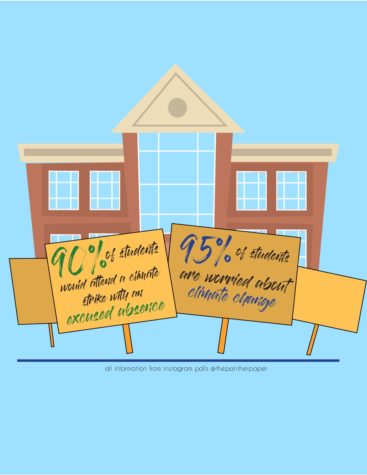Does Palmetto Push Too Many AP Classes?
September 28, 2017
Before entering high school, students are told about Advanced Placement classes and their importance. But, they are not the best option for everyone.
Beginning in 1955, the College Board created AP classes which were intended for high schoolers to experience college level courses and challenge themselves. Most students use it as an opportunity to attain credit toward their college education and boost their GPA. In other words, these classes aimed to prepare high achieving, college seeking students for their future endeavors.
Every student learns in a different way, at a different speed and can handle different classes. There are students who can pass an AP class putting forth minimal effort and still score well on the exam. While there are students who need to make their APs priority and rigorously study to pass. And of course, there are students who cannot handle the pressures of an AP class or do not want to take on the challenges of an AP class. Which, to be clear, is nothing to be ashamed of. It’s high school for a reason, hence why most classes are at a high school level.
Students enroll in AP classes for the thrill of the stress, challenge of the material and added points to their GPA. Either way students should not feel pressured into taking classes that they are not ready for. The varying levels of courses offered at Palmetto exist for a really simple reason: not everyone is at the same level. If all students were expected to be AP scholars from freshman year on, remedial, regular and honors courses would cease to exist. But they don’t.
Palmetto offers 28 different AP classes out of the 38 available to the Miami-Dade Public School system. Most high schools only allow freshmen to take one AP class if any at all, while Palmetto allows freshmen up to three. Consequently, this pushes students to think that taking an AP class is one of the only ways to succeed in high school.
Getting involved in school activities, maintaining good grades in all classes, and helping out in the community are also great ways to find success in these four years at Palmetto, other than taking an AP class. Thousands of students take AP classes every year. While applying for college, it is not the AP classes that with help you stand out to an admissions counselor, but being the president of a club or starting a charity will. Aside from standing out on a college application, doing other things in the community and at school can bring enjoyment and help ease stress brought on by classes.
An AP class benefits the school as well as the student, essentially causing the school to put more pressure on AP students. Each exam costs $94 but the fee is waived for Palmetto students, which only causes the school to urge students to take advantage of these classes. For each five scored on an AP exam, the teacher gets a well deserved bonus, which reflects their teaching skills.
Palmetto forces APs onto students who cannot necessarily handle them. While this is not done intentionally, students can feel pressured to take these classes. As a result , students put pressure onto themselves to do well in these classes. Often times when a student struggles from the pressure from an AP class their grades in other classes suffer as well as their health. Staying up until three in the morning to study for a test the next day is not uncommon for these students. The lack of sleep and stress will eventually reach its peak and bring on a downfall of mental health and physical health.
Aside from the rigor of an AP class, there is a stigma of AP students being the so called only “high achievers” and the ones who carry the school. This is not the case. It is not the classes that define a student, but their attitude and work ethic. This stigma can bring down self esteem and make students believe that if they do not take these classes then they are not smart.
AP classes are helpful and benefit students who can handle their rigor. But, if all they do is add stress, then they are simply not worth the strain. It is not the amount of AP classes that a student takes that indicates their success, but the way they handle themselves and take the classes that fits the way they learn.










